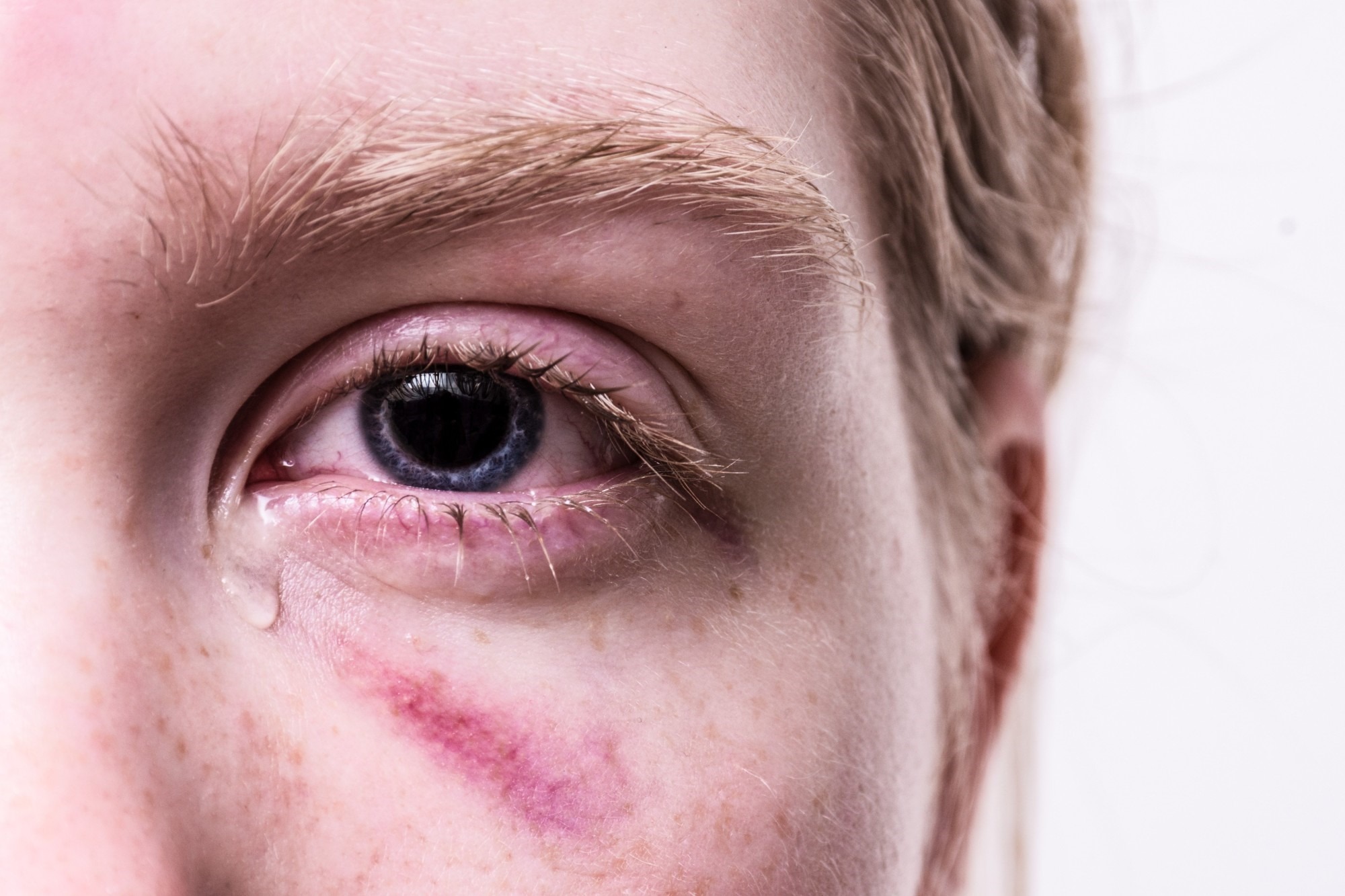Approximately 2 million eye injuries occur each year in the US. Of these 2 million, over 40,000 of them result in permanent visual impairment.
What are the most common causes of eye injuries? If you receive an injury to your eye, how do you know if you need to see a doctor?
If you’re looking to learn about eye injuries, you’ve come to the right place. Read on to learn about the most common eye injuries and how to treat them.
Scratched Eye
A scratched eye, also known as a corneal abrasion, occurs when the surface of your eye gets poked or rubbed with a foreign object.
Corneal abrasions can be very uncomfortable, and they’re characterized by redness in the eyes and severe sensitivity to light.
If your eye gets scratched, it’s very important that you see your eye doctor immediately or you head to an urgent care center.
If you leave your eye injury untreated, then you leave it susceptible to certain types of bacteria and fungi. Bacteria and fungi can enter your eye in as little as 24 hours after you scratched it, and in some cases, it can even result in blindness.
While you’re waiting to see a doctor to treat your scratched eye, don’t rub it and don’t put an eye patch over it. Bacteria like warm, dark places to grow, so an eye patch is really just a breeding ground for bacteria. Simply keep the eye closed or tape a loose paper cup over it to act as a shield.
Subconjunctival Hemorrhage (Eye Bleeding)
Another very common eye injury is a subconjunctival hemorrhage, also known as eye bleeding.
This type of eye injury usually looks much worse than it actually is, and it involves blood leaking from one or more broken blood vessels in your eye.
They are quite common and can occur from even a minor injury to the eye. No treatment is required for this type of injury. All you have to do is wait for several weeks for the blood to clear up.
Eye Swelling
Eye swelling, commonly known as a black eye, results when a foreign object hits your eye with a lot of force.
Even though this usually just results in bruising, it’s still a good idea to see a doctor to make sure there isn’t any internal damage. Additionally, you should apply an ice pack to your eye to help with the swelling.
Caustic Foreign Substance in the Eye
A caustic foreign substance in the eye, also known as a chemical burn, occurs when your eye is unexpectedly splashed or sprayed with a harmful substance.
Some substances burn or sting your eye but end up being fairly harmless in the long run. However, other substances can cause long-term injury. The makeup of the chemical can make a huge difference when it comes to how serious your injury is.
For example, if you get acid in your eye, you’ll likely experience serious redness and burning. Luckily, acid is a substance that can be washed out fairly easily.
Alkali based substances are much more serious, although they usually don’t cause immediate eye pain or redness. Some examples of substances containing alkali are toilet bowl cleaners, oven cleaners, and chalk dust.
If a chemical substance splashes your eye, put your eye under a steady stream of lukewarm water for about 15 minutes. Allow the water to run into your eye and down your face.
Then, call your eye doctor or an urgent care center to see what the proper treatment is for your eye. Once a medical professional knows the exact substance that got into your eye, they’ll be able to help you with treatment.
However, if your eye is extremely blurry or red, you should skip running it under water and instead head straight to the doctor.
Foreign Object Penetrating the Eye
Getting a fishhook or some other foreign object in your eye sounds like the stuff of nightmares, but trust us, it happens more often than you’d think.
If a foreign object gets caught in your eye, you should visit the emergency room immediately. Do not attempt to remove the object from your eye or rub your eye, as this could end up causing more damage.
If possible, try to loosely tape a cup or some sort of shield over your eye to protect it while you’re on the way to the doctor. If the doctor is able to remove the foreign object without any issues, then you shouldn’t have to worry about any long-term injury.
However, getting a foreign object stuck in your eye often results in a scar.
Hyphema/Orbital Blowout Fractures
Hyphema occurs when the anterior chamber of your eye experiences bleeding. Orbital blowout fractures occur when there’s a break or crack in the facial bones surrounding your eye.
These are both serious emergencies that require immediate medical attention. Typically, these injuries occur when you receive significant blunt force trauma to the face from a bat, baseball, hockey stick, or another strong foreign object.
Traumatic Iritis
Traumatic iritis occurs when there is inflammation around the colored part of the eye that surrounds the pupil.
This actually occurs after an eye injury. Typically, one will experience traumatic iritis after their eye has been hit by a foreign object.
Traumatic iritis usually requires medical treatment. And, sometimes even with medical treatment, permanent damage to the eye can occur.
You can click here to learn more about receiving emergency care for your eye.
Don’t Ignore These Common Eye Injuries
Now that you know about the most common eye injuries and how to treat them, you’ll be better prepared should you ever have a problem with your eye.
Be sure to check back in with our blog for more health-related tips and tricks.

